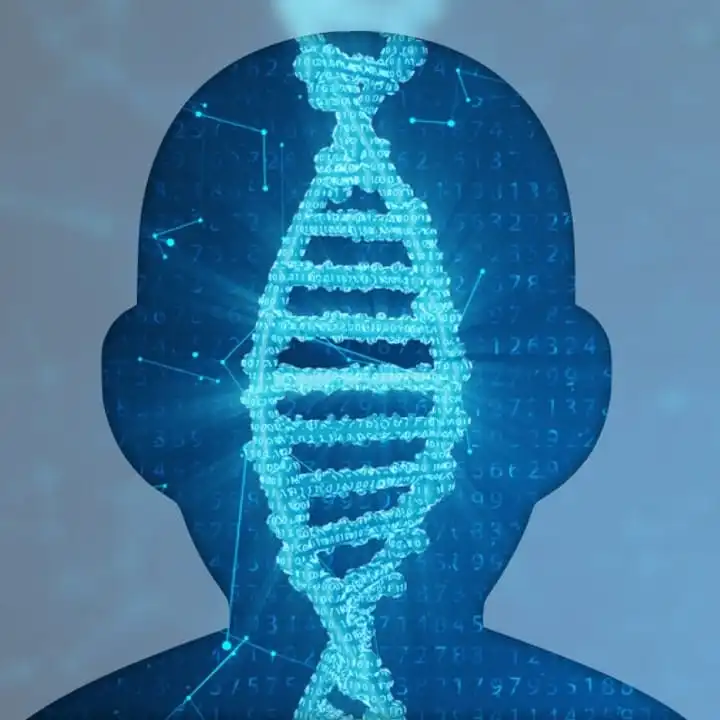What is Chromosome 16p13.3 Duplication syndrome?
Chromosome 16p13.3 Duplication syndrome is a rare genetic syndrome caused by the duplication of a gene located on a specific part of chromosome 16.
It is a newly identified condition, first identified in 2010.
What gene change causes Chromosome 16p13.3 Duplication syndrome?
The syndrome is the result of a duplication of the gene CREBBP located on chromosome 16.
The larger the duplication, generally the more severe the syndromes are.
The syndrome is not to be confused with Rubinstein-Taybi which is caused by mutations in the CREBBP gene.
What are the main symptoms of Chromosome 16p13.3 Duplication syndrome?
The syndrome causes developmental delay and presents with mild to moderate intellectual disability. Individuals may also display signs of delayed speech and language development.
Many individuals are affected by joint abnormalities. An identifying feature of the syndrome is a proximally implanted and very small thumb.
The syndrome may also affect the eyes, with drooping upper eyelids and strabismus (cross eyes) reported amongst individuals. Other unique features include small and crowded teeth.
Behavioral issues have been reported amongst individuals, including ADD and Autism Spectrum disorder.
Possible clinical traits/features:
Ventricular septal defect, Phenotypic variability, Camptodactyly, Proximal placement of thumb, Upslanted palpebral fissure, Ptosis, Midface retrusion, Protruding ear, Autosomal dominant inheritance, Autistic behavior, Pes cavus, Intellectual disability, mild, Short nose, Low-set ears, Tapered finger, Long face, Pectus excavatum, Bulbous nose, Atrial septal defect, Short phalanx of finger, Short toe, Malar flattening, Hip dislocation.
How is it diagnosed?
To find out if someone has a diagnosis of Chromosome 16p13.3 Duplication syndrome, it is important to have a consultation and evaluation with a clinical genetic specialist. Specialists may also suggest specific genetic testing or other types of tests to help reach a diagnosis. FDNA’s AI technology can help speed up the diagnostic process by analyzing facial features and other health information.
